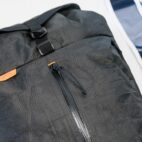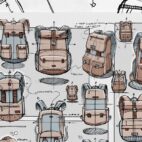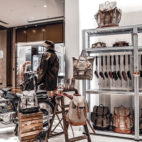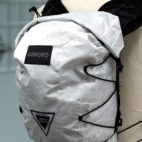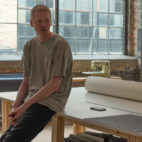Specialist Carry :: Cave Photographer
What lies beneath our feet might be the most unexplored expanse on Earth. The Underworld. A cavernous labyrinth of caves, chambers and tunnels that sprawl below the surface. Starved of light, they conceal some of the most beautiful sights the natural world has to offer; a tragedy men like Robbie Shone strive to counter.
*All photography by Robbie Shone
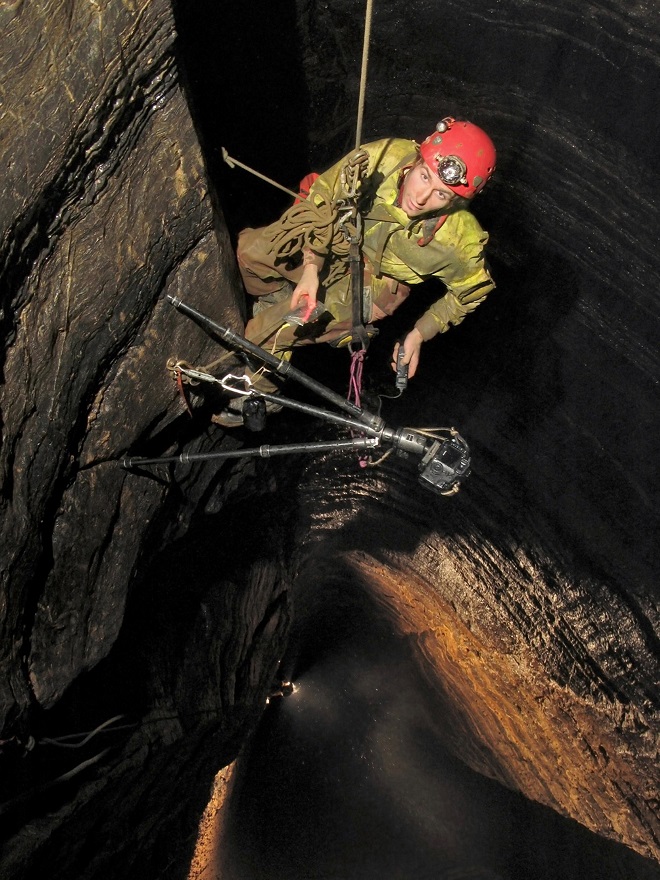
What sparked your passion for photography?
The ability to make a picture of a moment and freeze it forever.
Most adventure photographers stick to above-ground things like rock climbing and freestyle motocross. So I’m curious, how’d you end up underground?
From 1999 – 2002, I studied Fine Art and specialized in photography at Sheffield Hallam University and it was during the early stages of this three-year degree course a friend persuaded me to take up caving as a hobby. I remember my feelings during the very first trip underground inside a cave and realizing the immense challenges and enormous potential for great imagery that this dark, unforgiving and harsh environment offers. So it was here where the seed was sewn and the bug bit. I just had to take a camera into a cave and begin the very long process of what has been [so far] a 15-year obsession in making pictures of the underworld for all to see and to this day, I still believe there is still so much more to learn and new and exciting pictures to make.
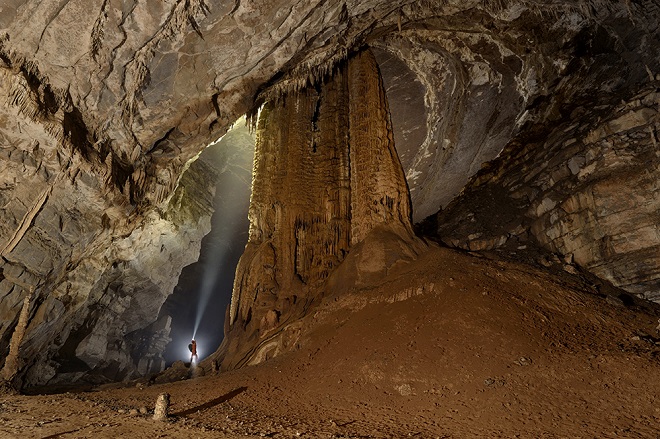
What do you dig most about it? What keeps you going back?
I have two reasons for shooting underground:
1) The unique challenges that face me each time I go into a cave. Every cave is different and therefore demands a different lighting technique. I am faced with a blank (black) canvas and each piece of light I add helps create the picture. There are sooooo many variables that affect how to build up a picture from scratch. Over the last 10-15 years, my experience has stored vital sure-fire techniques that I can always rely on, but it is so exciting to experiment with new techniques and if they come off then great, if not, remember it, and try it again elsewhere. Every shot is different as every cave is different. Firstly, the size of caves varies and the larger the cave the more light needs to be thrown around, just as the smaller the cave the less light is needed.
“I remember my feelings during the very first trip underground inside a cave and realizing the immense challenges and enormous potential for great imagery that this dark, unforgiving and harsh environment offers.“
Some walls are very reflective and others are not. This is largely down to experience and spending a very long time looking at cave walls to determine how much light is needed to illuminate them.
Camera location is very, very important to show off the cave in all its glory. This is something I try and get right every time, because it is mostly the easiest thing to get right or get to a position that really makes the cave look dramatic and powerful.
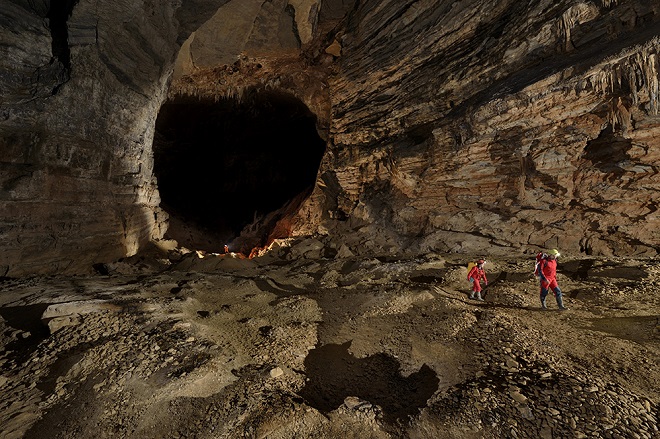
Then consideration is needed regarding the best angles and directions to throw the light resulting in a complete range in shadows and illuminated spaces.
Most of the time it is important to either use other cavers to hold lights inside the picture or have them in the picture without holding lights, but this all helps the viewer get an understanding of scale and dimensions of the cave.
“…it is so exciting to experiment with new techniques and if they come off then great, if not, remember it, and try it again elsewhere.“
2) The joy I get from bringing these unique images to the surface and showing the rest of the world, especially to those people who will never get the chance to see what lies underground. There’s more to this planet than the surface!
What’s one thing about cave photography that laymen might not know?
Every light source required to make a picture needs to be taken into the cave, either carried, dragged, pulled or pushed through all the tunnels and passageways along with the camera.
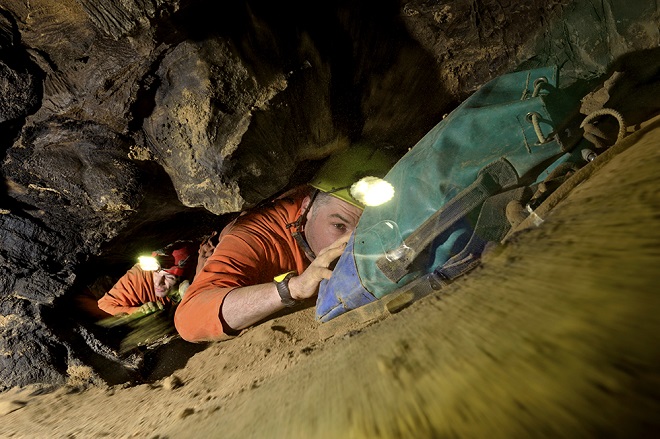
How does the process work? Do you go in with the exploration team first run? Or do you roll in after they’ve cased the situation?
Both, but I prefer to recce the location first off and then plan the shoot before taking up people’s time and energy.
You’ve explored caves in far-flung places like China, Papua New Guinea and Borneo, but if you had to choose a favorite, which one would you choose and why?
I can’t really comment on my favorite cave image all that well, but the shot of Cloud Ladder Hall in China (shot in 2012) is possibly the closest picture I’ve made that I feel shows off a big cave chamber in such a mysterious and dramatic way with a feeling of remoteness and [human] insignificance in relation to the natural world.
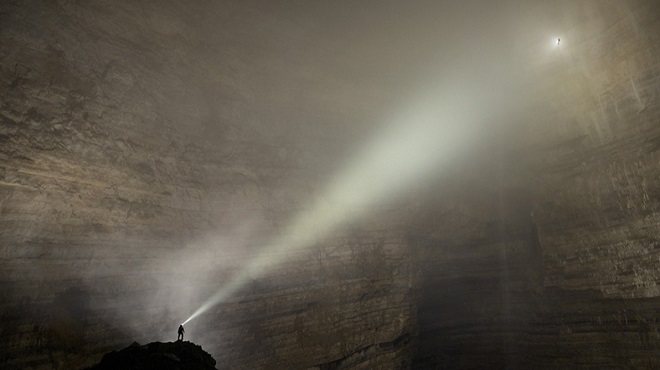
What’s the single most valuable thing you’ve learned whilst caving?
Take your time and then you will be safe. I quote – “Climb if you will, but remember that courage and strength are naught without prudence and that a momentary negligence may destroy the happiness of a lifetime. Do nothing in haste, look well to each step and from the beginning think what may be the end” – Edward Whymper
Can you give me some tips for photographing caves? Just in case I pull on the harness one day and master a camera that exceeds your standard point-and-shoot…
Stick at it! I used to use film in my early career and out of a roll of 36 (more like 34) I’d only really get one or two frames that were well exposed. The rest were either all burnt out or all black. I used to keep a notebook in my bag and write down all the settings and lighting positions for every shot, so that if it was a success I’d remember exactly how I made it a success and of course vice versa.
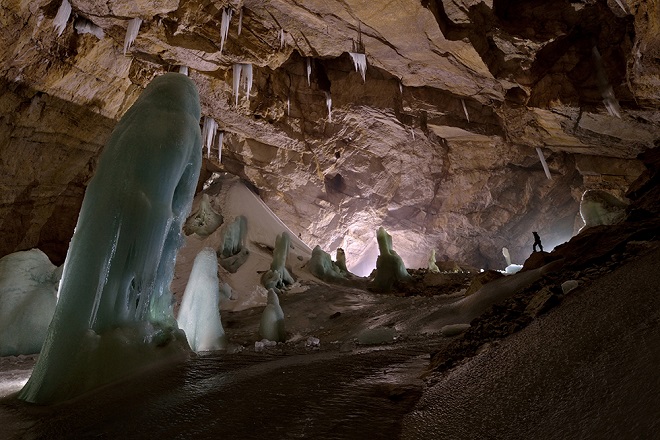
What bags/cases do you use for your gear? Why are they awesome?
These are called ‘Daren Drums’ and they rock – perfect size, perfect shaped, 100% waterproof yet lightweight. Lined with foam padding, there is nothing better out there. Also a lot cheaper than Peli Cases (made in California).
There must be a whole heap of gear too. I’m sure a bunch of lights at least. Can you fill us in on your go-to kit?
I use Nikon equipment:
Nikon D800 and D700 DSLR bodies
Nikon 14-24mm F/2.8 lens
Nikon 16mm Fisheye F/2.8
Nikon 16-35mm F/4
Nikon 60mm F/2.8 (macro)
Gitzo carbon fibre tripod like the Basalt range
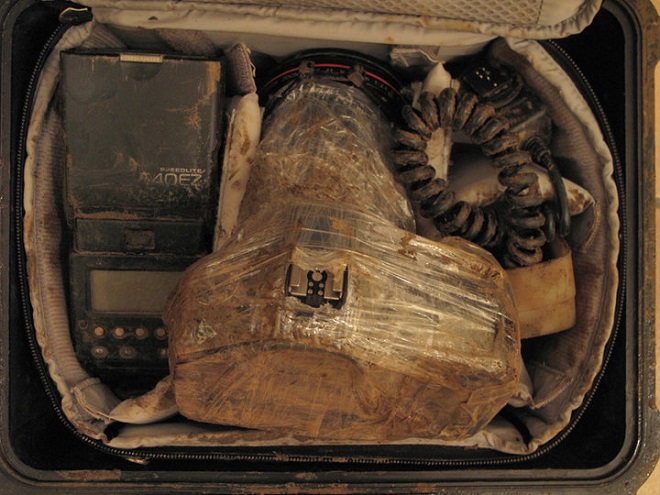
As regards lighting, I use everything from electric strobes wired up to PocketWizard radio slaves that all fire together when the shutter is released.
I also use the old style magnesium wire wool filled flashbulbs that are a ‘one-use’ only flash but they are extremely powerful compared to the electric strobes available today. They also burn a fraction slower than a strobe (typically 1/60 sec). This is a great light to slow movement a little and offer a little blur effect. A great technique when photographing water in rivers or waterfalls and cascades or other moving objects.
More recently, I’ve been playing around with LED light panels and seeing what effects we get from that. My last assignment was soley shot using LED light panels.
“Take your time and then you will be safe.”
I pack all the equipment inside waterproof robust plastic containers like circular white drums known to cavers as ‘Daren Drums’. Every container is lined with a soft foam mat that helps protect the precious equipment against knocks and bangs. Then we load the plastic containers into strong and durable rucksacks specifically designed for the arduous caving environment. The French outdoor sports company called Petzl make the best caving bags, along with harnesses, helmets and lights.
Do you have any favorite carry brands/favorite carry products specifically?
Think Tank for hard-wearing surface stuff, but I mostly use white plastic Daren Drums underground.
Is 100% waterproof or heavy water-resistant what you personally opt for?
It has to be 100% waterproof, not water-resistant.

Are there popular carry brands among the cave photographer community? Which ones?
Not really, only these Daren Drums.
What would be your dream carry bag/system? Can you list the features that this would have?
Above ground – Think Tank gear; below ground – Daren Drums.
What’s next for you?
During the summer of 2015, a highly-motivated five-person team will aim to visit the Arctic Circle to explore, survey, photograph, and sample caves of Northeast Greenland for the purpose of climate-change research. This much-needed record of past climate change will be the first of its type from caves of Greenland, and will contribute significantly to our understanding of long-term climate change in Greenland and the Arctic by covering a time period that is out of range of the Greenland ice cores.
*If you’re keen to support Robbie and his team, click here.
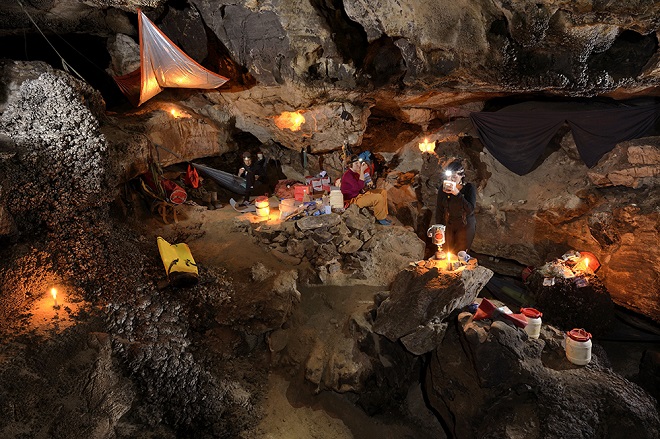





 Carry Awards
Carry Awards Insights
Insights Liking
Liking Projects
Projects Interviews
Interviews





